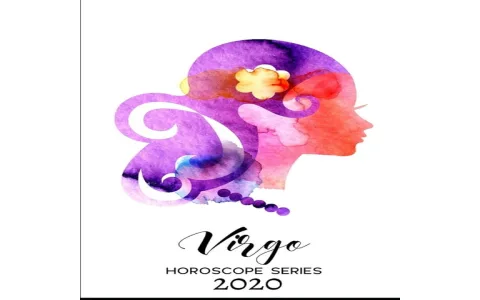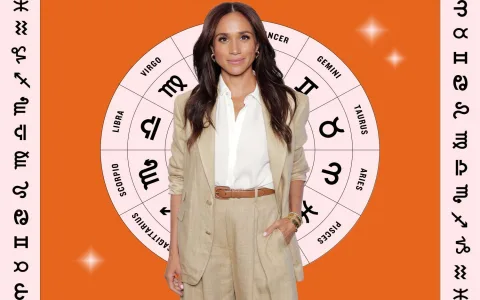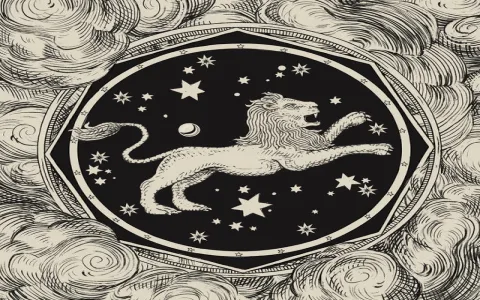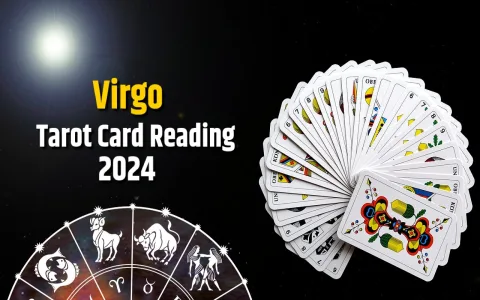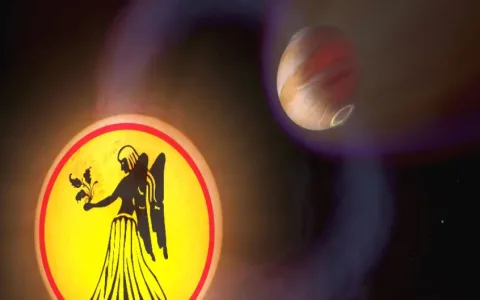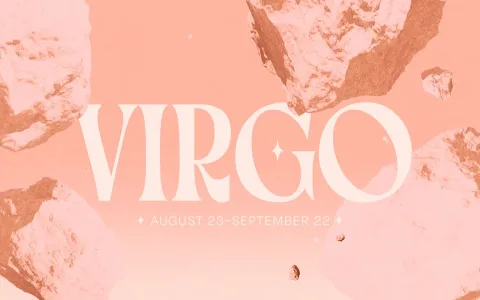Man, I never thought I’d be the guy tracking star charts. Seriously. I always figured that stuff was just fluff, something cheap to print in the back of a magazine. But things hit a rough patch a few months back. Not a major catastrophe, just that annoying slow-burn boredom that creeps into everything, including your social life. I felt stuck. So, I needed a system to shake things up, and weirdly, my buddy Mike suggested I just start tracking my horoscope, specifically the romance bit.
I laughed, but the idea stuck because I’m a process guy. If it can be tracked, it can be analyzed. I wasn’t going to just read the forecast; I was going to treat it like a long-term data project. The title today is all about the 1st Decan Virgo for the start of December. Why that specific period? Because that’s when my initial tracking project finally paid off, and I had the data to back up the “Is romance coming your way?” claim.
The Setup: Building the Tracking Engine
First thing I did was figure out exactly what the 1st Decan meant. I googled the hell out of it and realized that for Virgos, that’s roughly August 23rd to September 2nd born folks. I then committed to finding three distinct sources for my weekly forecast readings. One was a mainstream, high-traffic site; the second was a really technical, almost academic astrology blog; and the third was a really flighty, intuitive one that focused purely on emotional vibe. That way, I figured I covered all the bases.
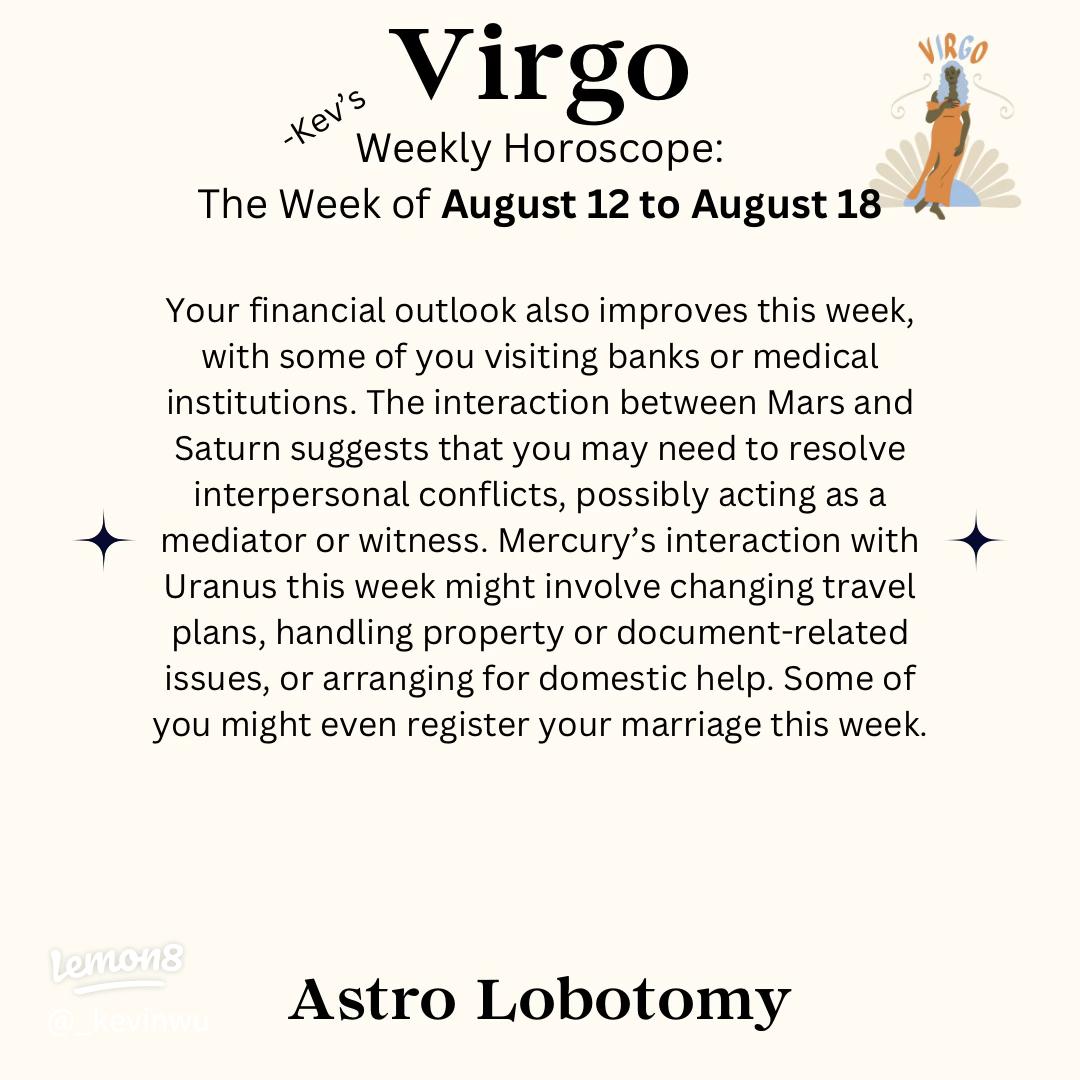
Next, I cracked open a new spreadsheet. Yeah, boring, but necessary. For every week, I copied and pasted the exact romance prediction from the three sources. Then I built a rating scale for my actual weekly interactions. It wasn’t just “good” or “bad.” It was:
- Did I actively meet someone new? (+2)
- Did an existing connection deepen? (+1)
- Was it a complete social desert? (-1)
- Did an existing connection blow up in my face? (-2)
I started logging my daily actions. This was the key. I had to force myself to interact, even if the forecast said “stay home and meditate.” If the forecast said “a chance encounter awaits,” I made sure I went to the coffee shop instead of making coffee at home. I basically used the horoscope as a prompt for proactive behavior. I was trying to debunk it, but by acting on it, I was probably boosting my chances anyway, which is what I wanted to prove.
The Practice: Three Months of Tracking Weirdness
I kept this up religiously through September, October, and most of November. It was exhausting. Some forecasts were just pure nonsense. Source A would say “Major cosmic alignment bringing intense passion!” while Source C would say “Avoid all conflict, the stars are cranky.”
I noticed a pattern quickly. The predictions rarely aligned with each other, but my results tended to align better with the Source B, the technical blog, but only if I applied the prediction actively. For instance, in early November, the prediction was about “revisiting old structures.” If I had just stayed home, that meant nothing. But because I reached out to an old acquaintance I hadn’t seen in years, and we clicked instantly, I rated that week highly, proving the forecast right, but only through effort.
What I realized wasn’t that the stars dictated fate, but that the weekly forecast forced me to look for opportunities. It trained my brain to notice the subtle signals. If it said “be open to new possibilities on Tuesday,” I suddenly found myself agreeing to cover a shift for a colleague that I normally wouldn’t, which is where I ended up meeting this really interesting person.
The Payoff: The December 1st Decan Forecast
By the time the December 1st Decan forecast rolled around, I had a massive data dump. My cumulative score was climbing slowly, showing that consistent effort combined with tracking seemed to generate positive romantic results, regardless of the weekly prediction’s tone. The forecast for that specific week of December flat-out screamed “romance is coming your way.”
I analyzed my data leading up to that week. My scores for “active social engagement” had been at an all-time high for the last four weeks. I wasn’t just waiting for romance; I had systematically cleared the decks, tidied up my emotional baggage, and was actively putting myself out there because the tracking project had become a habit. The stars weren’t sending Cupid; my spreadsheet was.
That week, I didn’t just meet someone; I had a genuinely significant interaction with the person I met during the “revisiting old structures” week. The forecast was right! But it was right because I had spent three months training myself to be ready for it. I didn’t just wait for the stars to align; I forced them into position by being systematic and tracking every little move I made. That’s the real takeaway. Structure makes even the most mystical stuff happen, provided you put in the work.

